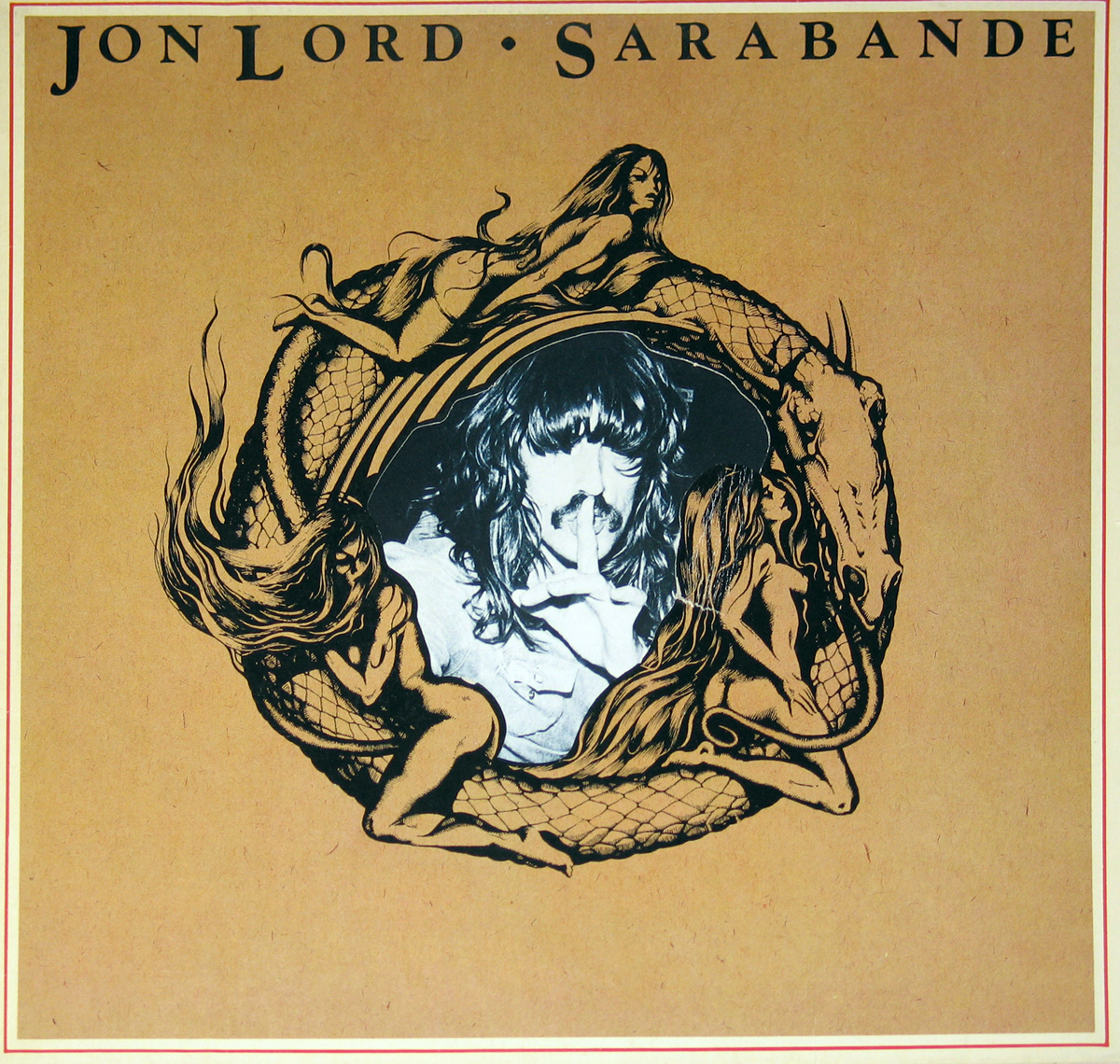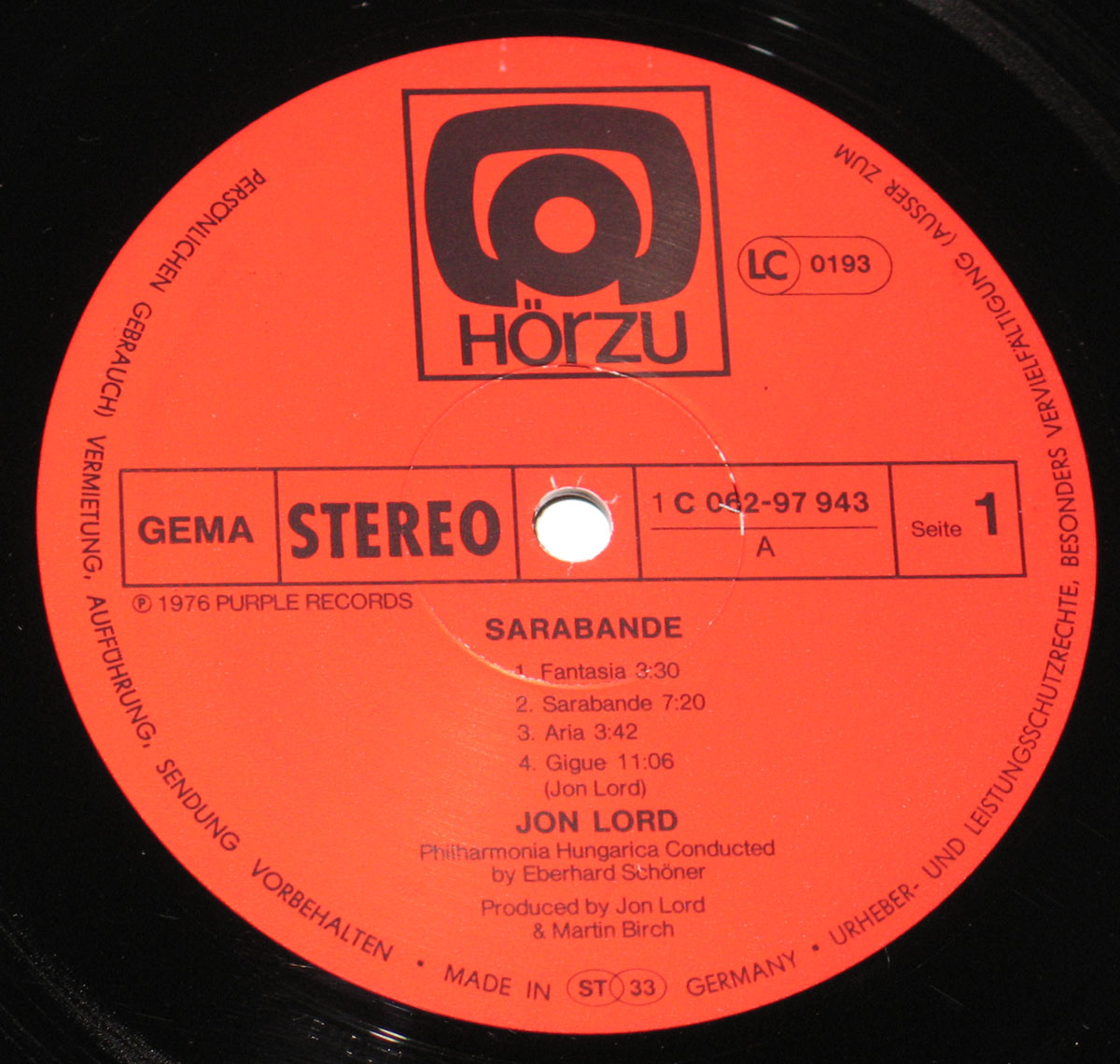In the heady days of 1976, as the rock world was still reeling from the seismic shockwaves of prog-rock excess, Jon Lord, the keyboard virtuoso of Deep Purple fame, unveiled a peculiar gem: "Sarabande." This wasn't your standard rock 'n' roll fare; it was a daring, audacious fusion of baroque classicism and hard-hitting rock energy, a musical chimera that defied categorization.
Lord, never one to shy away from experimentation, conceived "Sarabande" as a suite of eight movements, each inspired by a different dance form from the baroque era. This wasn't your grandma's harpsichord recital; it was a full-on rock 'n' roll assault, with Lord's Hammond organ leading the charge, backed by a ferocious rhythm section and a full orchestra.
The album opens with the bombastic "Fantasia," a whirlwind of swirling strings, pounding drums, and Lord's signature organ riffs. It's a statement of intent, a declaration that this is not going to be your typical prog-rock indulgence. From there, the album dives into a series of contrasting movements, each showcasing Lord's virtuosity and compositional prowess.
"Pavane" is a melancholic waltz, with Lord's organ weaving a tapestry of bittersweet melodies. "Gigue" is a frenetic jig, with the rhythm section driving the music forward with relentless energy. "Bouree" is a playful dance, with Lord's organ skipping and hopping with infectious glee.
The album's centerpiece is the epic "Sarabande" movement, a sprawling, multi-layered composition that showcases the full range of Lord's musical vision. It's a breathtaking journey through light and shade, with moments of delicate beauty juxtaposed with passages of raw power. This track is often cited as a fan favorite and a highlight of the album, showcasing Lord's ability to blend classical and rock elements seamlessly.
Another popular track is "Aria," a soaring ballad featuring the vocals of Yvonne Elliman. This track stands out for its emotional intensity and Elliman's powerful vocal performance, adding a touch of warmth to the album's predominantly instrumental landscape.
"Sarabande" was recorded at the legendary Musicland Studios in Munich, with a crack team of musicians, including the likes of Andy Summers on guitar, Mark Nauseef on percussion, and Pete York on drums. The production, helmed by Martin Birch, is crisp and clear, allowing every nuance of the music to shine through. Birch's involvement is notable, as he was known for his work with Deep Purple and other iconic rock bands, lending a touch of rock credibility to the project.
The album's release was met with mixed reactions. Some critics hailed it as a masterpiece, a bold and innovative fusion of seemingly disparate genres. Others dismissed it as pretentious and overblown, a misguided attempt to merge classical and rock sensibilities.
However, time has been kind to "Sarabande." It has since gained a cult following and is now recognized as a landmark album in Lord's discography, a testament to his adventurous spirit and his willingness to take risks. It's a record that continues to challenge and surprise listeners, a testament to the power of music to transcend boundaries and expectations.
And let's not forget the album's unique packaging. The Hörzu release featured a die-cut cover, a visual representation of the music's intricate structure and the dance forms that inspired it. It's a collector's item, a tangible reminder of an era when album art was as important as the music itself. The die-cut cover has become a sought-after artifact among fans and collectors, adding to the album's allure.





